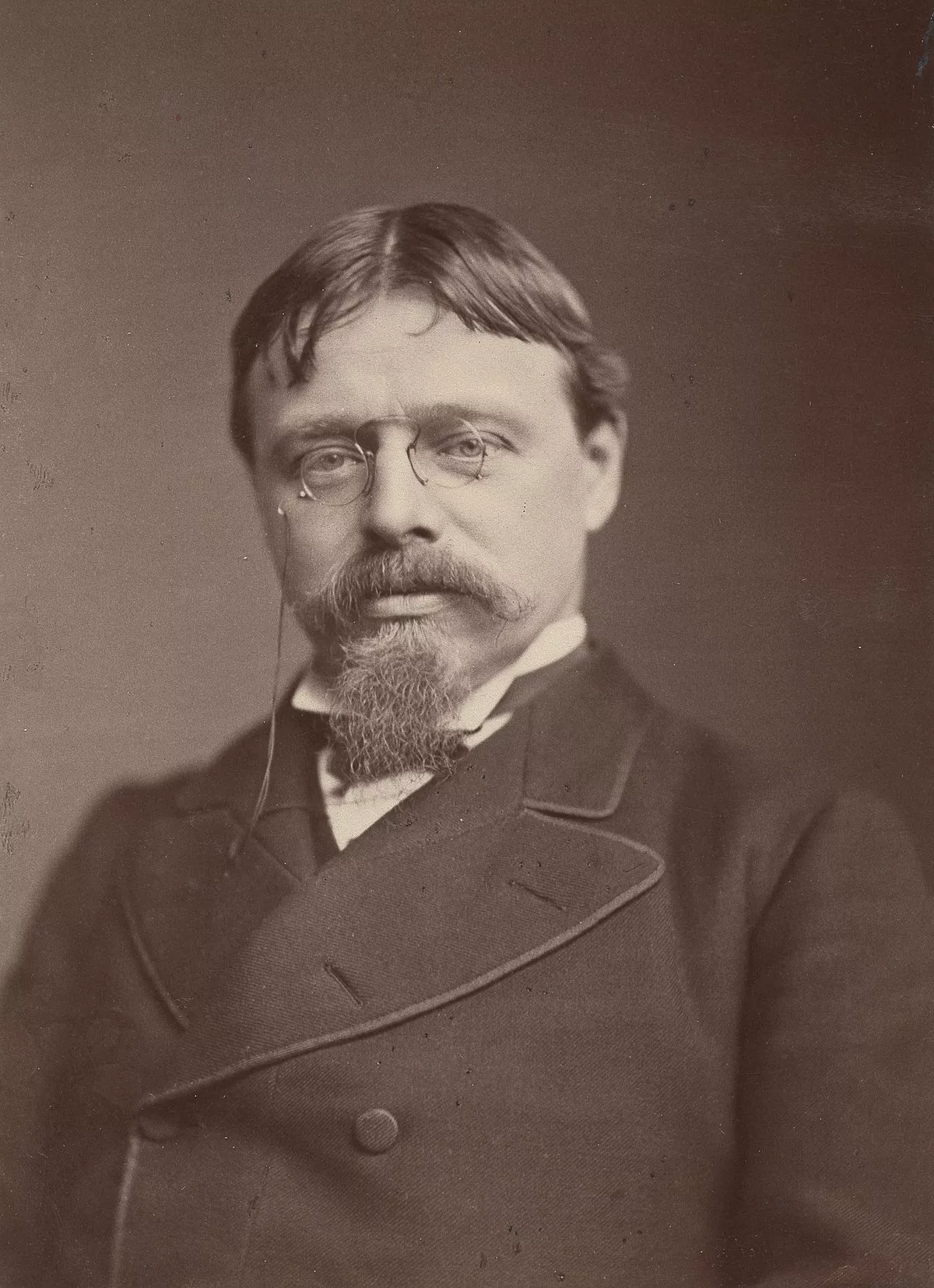 1.
1. One of the most popular Victorian painters, Alma-Tadema was admired during his lifetime for his draftsmanship and accurate depictions of Classical antiquity, but his work fell out of fashion after his death, and only since the 1960s has it been appreciated for its importance within Victorian painting.